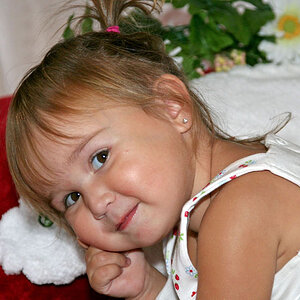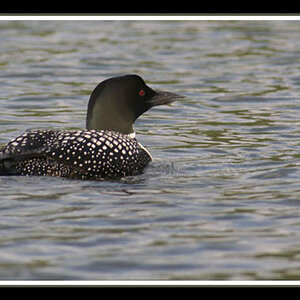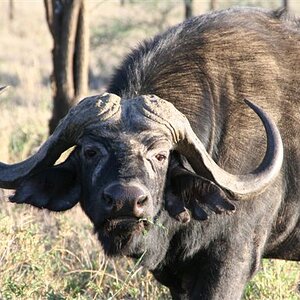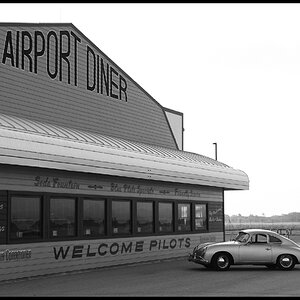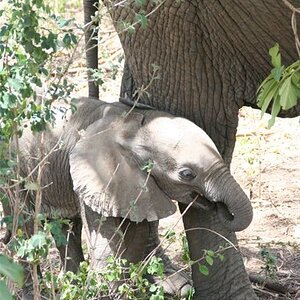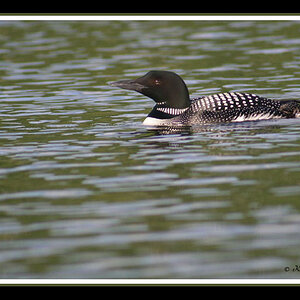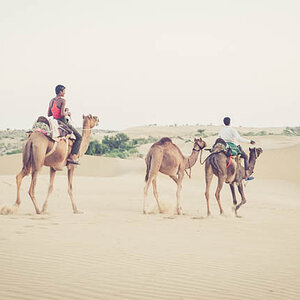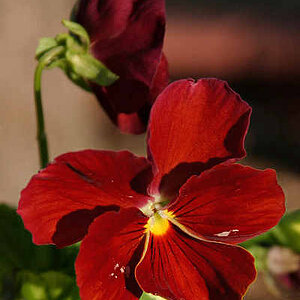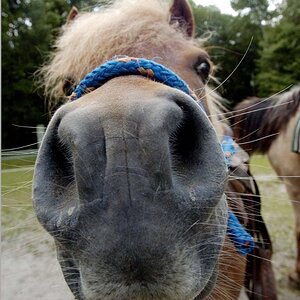PatK
TPF Noob!
- Joined
- Dec 12, 2009
- Messages
- 13
- Reaction score
- 0
- Location
- Cincinnatus,NY
- Can others edit my Photos
- Photos OK to edit
I recently purchased a Kodak Z980. I've started taking waterfall shots and have to hand hold filters in front of my camera to get a slow enough shutter speed without too much light. I'm not in love with the pictures either. I am wondering if I should buy an entry level dslr or wouldn't it be much change from what I now have. I don't have unlimited funds and don't want to make another mistake. I need any advice that anyone could give me. I take mostly wildlife and nature shots. Should I switch cameras or learn to use the one I have?


![[No title]](/data/xfmg/thumbnail/32/32701-51bacbc6ea9d40683123c14f053d4742.jpg?1619735603)
